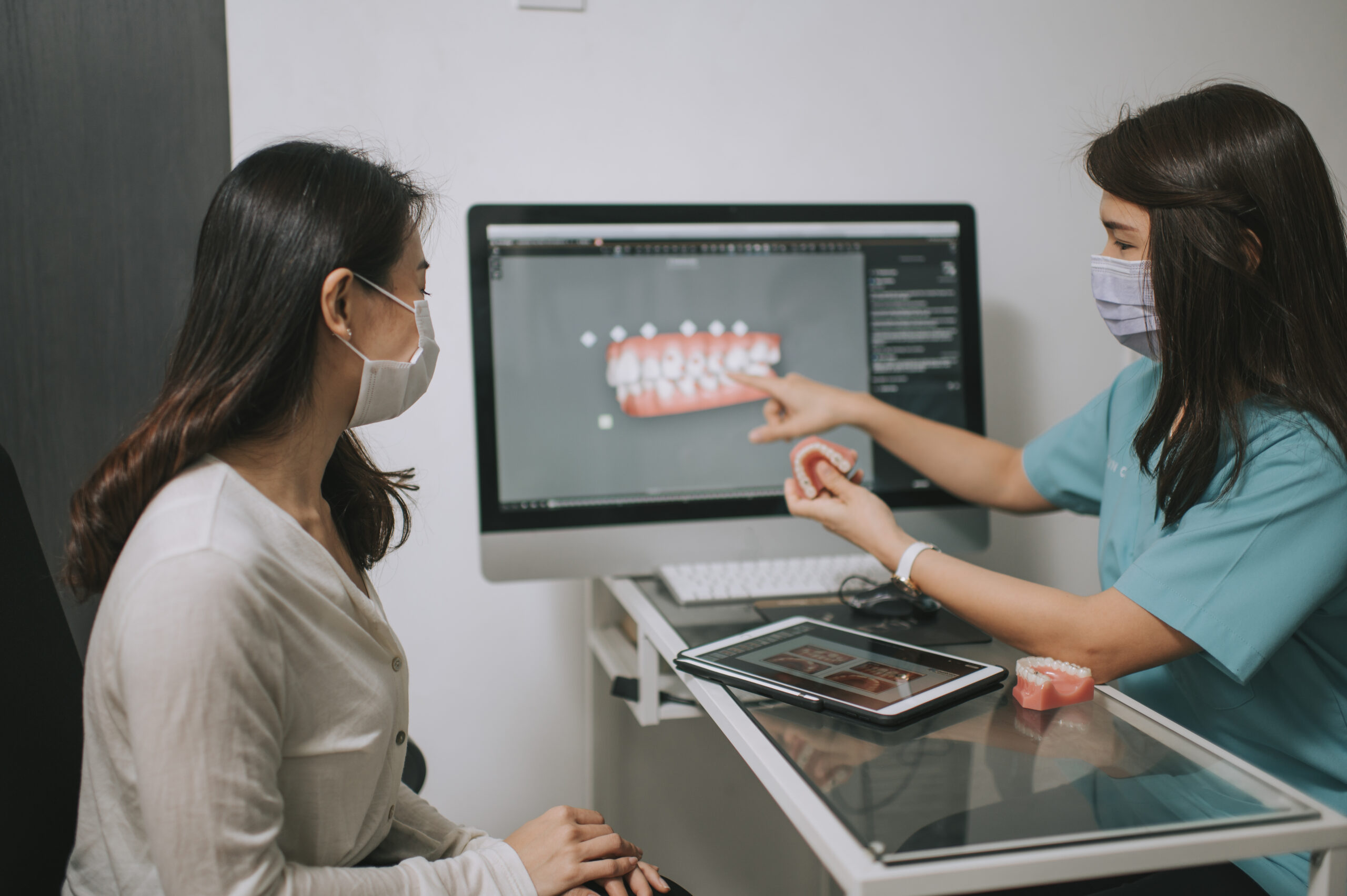Among dental crowns, the porcelain crown holds a prominent place, as it is not only aesthetic and natural-looking, but also one of the most commonly used solutions in modern dentistry. It offers an ideal solution for those who wish to regain the fullness of their smile while maintaining the natural effect of their original teeth.
Discover the benefits of porcelain crowns, who they are recommended for, and what other dental restoration options may serve as alternatives!
Table of contents
Get in touch!
If you have any further questions, please contact us:
The advantages of a porcelain dental crown
The porcelain crown offers numerous advantages, which is why it is the most popular dental restoration solution for many patients. The porcelain crown provides a completely natural-looking tooth replacement that is not only functional but also aesthetically pleasing. Due to these properties, it is excellent not only for aesthetic purposes but also for long-term, comfortable, and durable dental restoration.
The advantages of a porcelain dental crown include:
Natural appearance
Durable and resistant material
Metal-free alternative
Excellent fit
Who is the porcelain crown for?
We can recommend a porcelain crown for almost anyone who has a missing tooth or wants to restore a damaged tooth. The porcelain crown offers a durable and aesthetic solution that is functionally and visually similar to natural teeth. In certain situations, it is particularly ideal, but not in every case, so it is worth attending a dental consultation first.
The use of a porcelain crown is most commonly recommended in the following cases:
- Anterior tooth injuries: The aesthetic appearance of porcelain crowns makes them particularly recommended for those who want to restore their anterior teeth. The porcelain material creates a natural effect, making it especially advantageous for the front teeth. Since the frontal teeth are in a more visible area, porcelain crowns are an excellent solution to ensure that the prepared tooth remains looking natural after restoration and matches the color of the other teeth.
- Damaged or severely damaged teeth: If the tooth is so damaged that a filling or inlay is no longer sufficient, a porcelain crown provides stability and complete coverage. The porcelain crown withstands the pressure during chewing in the long term, making it ideal even for those with more serious injuries. It continues to look natural after placement and matches the color of the other teeth.
- Tooth color correction: Porcelain crowns can be varied in color, making them suitable for aesthetic restoration purposes, such as covering discolored or spotted teeth. The crown perfectly matches the color of the surrounding teeth, thus fully harmonizing with the dental arch.
- Allergic reactions to metal: For those who are sensitive to metal, porcelain crowns offer a biocompatible alternative that does not cause allergic reactions. Being completely metal-free, this type of crown is gentler on the gums and helps maintain healthy oral flora.
Porcelain tooth before & after
Placing a porcelain crown can result in a spectacular change in your smile. The ‘before and after’ results clearly show how a natural and aesthetic smile can be restored. The porcelain crown placed on an old, damaged, or discolored tooth provides a uniform color and a perfectly fitting restoration that matches the original tooth’s shape.
Many find that a porcelain crown not only improves aesthetics but also boosts self-confidence. After restoring a broken or discolored tooth, patients often feel more confident in their daily lives.
Porcelain or zircon crown? – Other dental restoration options
Crown replacement can be done at most private clinics in Budapest – it seems that porcelain and zirconium crowns are the most popular in this regard, as both offer numerous advantages. Below, we will outline the differences between the two types.
- Aesthetics and Transparency: The light-transmitting ability of porcelain crowns makes them an ideal choice for replacing anterior teeth. Zirconium also provides a natural effect, but being a slightly denser material, porcelain may be more advantageous for achieving a very translucent, natural appearance in the case of anterior teeth.
- Durability and Strength: The zirconium crown is extremely hard and wear-resistant, making it often more recommended for the back teeth, which are subjected to greater chewing forces, than porcelain. While the porcelain crown primarily serves aesthetic purposes, zirconium can be a more durable solution for both back and front teeth.
- Biocompatibility: Both materials are biocompatible, so they do not trigger allergic reactions. Gum line discoloration is not a problem in either case, as both porcelain and zirconium are metal-free solutions.
The decision depends on both types of cases on what type of tooth we are replacing, what kind of loading the crown needs to be prepared for, and how important the natural aesthetic effect is.



